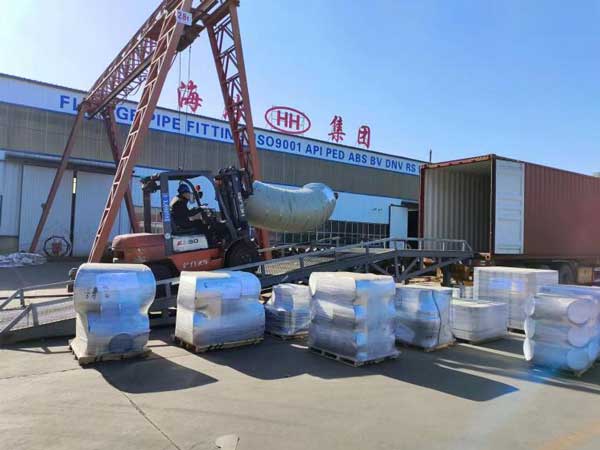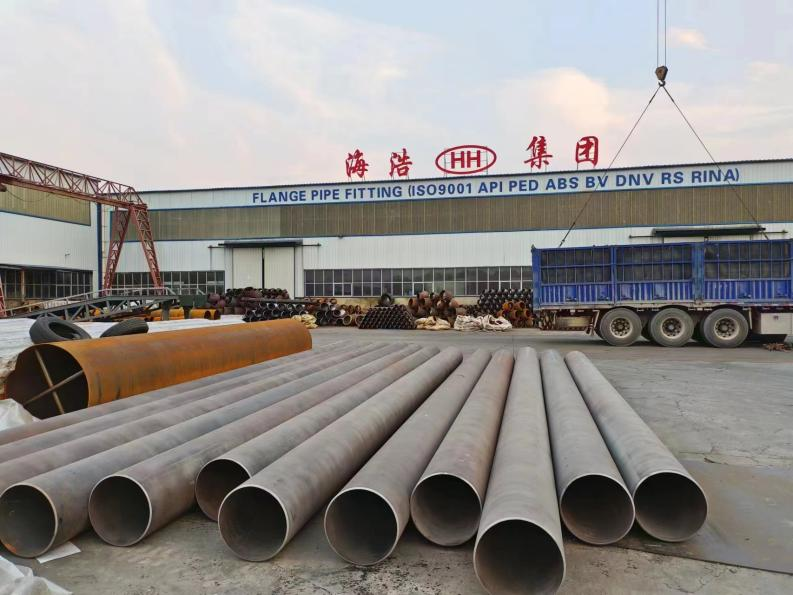Factors affecting the corrosion resistance of stainless steel and treatment methods after rusting
Haihao Group has been deeply involved in the field of pipeline systems for many years, and we fully understand the impact of high-quality raw materials on product performance. Stainless steel is prized for its corrosion resistance and is widely used in piping system products, but what exactly makes stainless steel rust-resistant? Let’s explore the key factors that influence stainless steel’s corrosion resistance:

HAIHAO GROUP
Alloy composition: Chromium content is a key factor in stainless steel’s resistance to rust. Generally speaking, when the chromium content reaches 10.5%, steel becomes rust-resistant. Higher levels of chromium and nickel further enhance corrosion resistance. For example, stainless steel grade 304 typically contains 8-10% nickel and 18-20% chromium, making it highly rust-resistant in most environments.
Manufacturing process: The smelting process used by the manufacturer significantly affects the corrosion resistance of stainless steel. Large-scale stainless steel plants with advanced smelting technology, advanced equipment and precision processes can ensure the removal of impurities and precise control of alloying elements. This results in stable product quality, excellent intrinsic quality, and strong rust resistance. On the contrary, small steel mills with outdated equipment and lagging processes may not be able to remove impurities during the smelting process, making the products prone to rust.

HAIHAO GROUP
External environment: External environmental factors also play a vital role in the rust resistance of stainless steel. Dry, well-ventilated climates are not conducive to rust, while high humidity, continuous rainfall, or highly acidic environments can accelerate corrosion. Even grade 304 stainless steel, known for its corrosion resistance, can rust under harsh environmental conditions.
If stainless steel is rusted, how should you deal with the rust spots?
Chemical method: Chemical treatment involves the use of pickling paste or spray to assist in re-passivating the rusted area to form a chromium oxide film to restore corrosion resistance. After pickling, rinse thoroughly with clean water to remove all contaminants and residual acid. It is then polished using polishing equipment and sealed with polishing wax. For minor rust spots, you can wipe it with a clean rag dipped in a mixture of equal amounts of gasoline and engine oil.
Mechanical methods: Mechanical cleaning methods include sand blasting, glass or ceramic particle shot blasting, brushing and polishing. Mechanical cleaning removes contaminants such as previously removed material, polished material, or embedded particles. In wet environments, especially after mechanical cleaning, all kinds of contaminants can be a source of corrosion. Therefore, mechanical surface cleaning is best performed under dry conditions. However, mechanical cleaning can only remove surface contaminants and cannot change the corrosion resistance of the material itself. Therefore, it is recommended to use polishing equipment to re-polishing after mechanical cleaning and seal with polishing wax.
By understanding these factors and implementing appropriate maintenance techniques, stainless steel can maintain its luster and durability, ensuring long service life and aesthetic appeal in a variety of applications.

